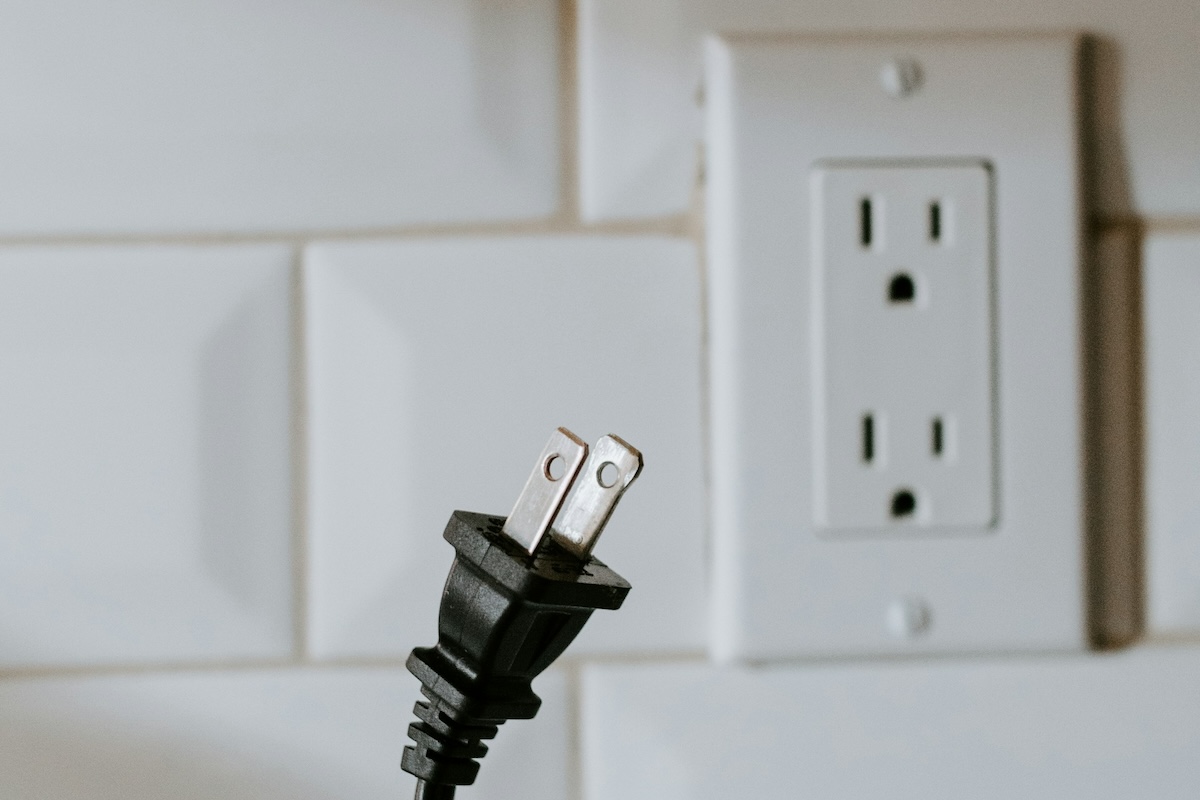When it gets to social media for events, we’re all guilty of making mistakes. Here are a few common ones and how to fix them.

If you’ve been involved in social from early days, you would have done a lot of mistakes. Language and etiquette have been mostly co-created by users in recent years. It was impossible not to get it wrong.
One of the biggest mistakes I’ve ever done was to savagely add contacts to my LinkedIn network. Yes, it was 2006/2007 and I was still working out what I wanted to do with my life, but no excuses there. It was my pride to say how many connections I had.
I quickly realised that size definitely does not matter on social, I was submerged with spam, irrelevant requests and had to change my email several times as it was widely scraped for more spam.
Lesson learned.
What About the Event Industry?
This is a personal story but in the event industry social media world things are no different. There are a lot mistakes being made. Sometimes out of naivety, some other times out of ignorance.
. Why?
Would you be sloppy in the way you set up your catering? Would you allow your event to be not safe? Would you welcome your attendees in a dirty room? Would you aggressively welcome them and force them to visit your sponsor booths?
So no reason to make equally embarrassing mistakes with digital.
Who Are You To Tell Me How to Do Things?
No one. In fact nobody should tell you how to run your event. Nonetheless, I’ve gathered some experience with social media in the past 7 years and I am willing to share it.
I’ve dealt with worldwide Twitter crisis, I’ve launched award winning campaigns, I made a business out of a blog and I run the largest community for event professionals. There are some inevitable learnings with all of the above.
I’d like to share my insights and if you feel they make sense, you are more than welcome to implement the changes. If not, we’ll still be friends.
Enough said – let me break it down to you…
1. Not Having Someone Dedicated to Social Media
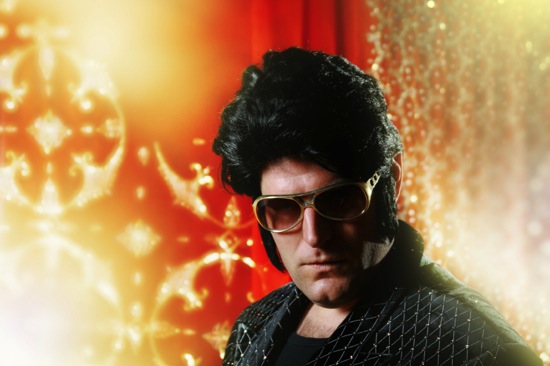
This is the origin of all the following mistakes. Having someone on your team that ‘gets it’ will avoid social media blunders and upset attendees, sponsors and your stakeholder community.
They will be able to respond quickly to crisis and measure the impact of social media. While I was speaking at Confex last week, I was asked a question I get a lot lately:
‘Are times mature enough to have specialised job roles in regards to social media at events? Should we have someone exclusively dedicated to this?’
My answer is that times are not mature, they are rotten. I first introduced the role of the Event Cool-ordinator in 2010. If you don’t have such role in your medium to large event, conference, trade show or meeting, you need to act.
How to Fix it: Would you be cheap with your venue? Would you be cheap with your catering? If the answer is yes, you can be cheap with finding someone who can help.
If on the other hand you care for your guests and their experience, you need to get someone skilled for the job. Sometimes this person can be someone within your existing team who loves social, knows your event and wants to grow their job differently.
2. Not Having a Social Media Monitoring Software

This is a big mistake that could trigger several of the following mistakes. I’ve talked with several large corporations, events and software providers in the past few years. While there are still different views in terms of the real value that social brings to the table, everyone agrees that having a social media monitoring service for their event is paramount.
Given the real time nature of events, you cannot rely on simple dashboards or worse to multiple tabs on your browsers to analyse what is going on. Engaging with a social media monitoring software means keeping abreast of what the show floor is demanding, but also identifying opportunities, nurturing influencers and gathering feedback about the performance.
How To Fix it: Depending on the size of your event you should start allocating some budget to this. You could start with Hootsuite although I see it more as a publishing platform than a monitoring software. I would suggest to read this article as a starting point.
Also bear in mind that there are now specific software providers targeted at the event industry which may be the best solution as they know your industry.
3. Begging

Please do this, please do that.
Each social media, marketing or event design process should start with the question, what value am I adding to the end user. Begging does not usually add any value whatsoever.
The proliferation of begging is mostly due to a report that was pushed a couple of years ago that said that ‘Please RT’ tweets were somewhat effective. If you allow me the metaphor, children begging and nagging to have the latest toy are often times effective but not for the right reasons.
Terrible examples include directly mentioning (i.e. starting a tweet with @username) someone asking to attend your event, to share the love about your trade show and to spread the word. I get several of these every week.
Your event brand is going to suffer.
How to Fix It: When you are asking for specific actions, make sure there is always something in it for your audience. Asking should be a very rare occasion and smartly managed and it should never been perceived as begging.
4. Not Addressing Mentions
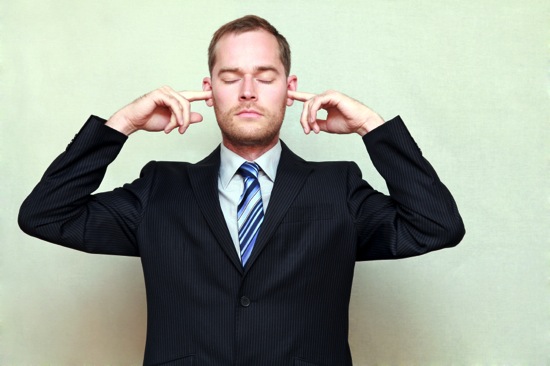
There are no excuses for this behaviour. Leaving direct mentions unanswered is a big one. It can escalate negativity pretty quickly.
Picture this in real life.
Someone is coming to your information desk, they ask a question and you ignore them completely. Outrageous. Customers in traditional marketing environments expect an answer on social within 1 hour. I bet this figure would go down for events.
How to Fix it: The fix here is not so difficult, at least in theory, just respond! Of course not having someone dedicated to social or a social media monitoring tool to get mention alerts may be the reason why you are having the issue to begin with.
Make sure your social media strategy includes a plan to deal with compliments and complaints. Have a look at these examples of social media triage.
5. Asking for Actions on Different Social Networks
A picture is worth more than a thousand words:
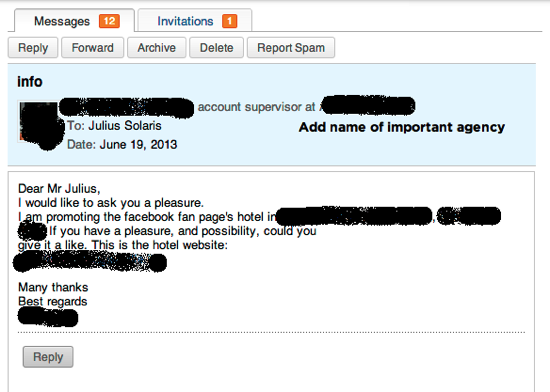
I have 4 problems with this message:
– They are asking me for an action on Facebook from within LinkedIn
– The message came out of the blue, no context was given.
– The person works for one of the biggest advertising agencies in Italy.
– It’s begging.
The first problem is the one I am most concerned with. Other notable disgraces include, asking to Like on Facebook from Twitter, ask to Pin from Facebook, etc. you get the picture.
How to Fix It: Why are you so obsessed with getting likes? What drives you so mental that you have to let go all your inhibitions and wildly reach out to social networking users?
I was under the assumption that the objective of every social media marketing program was to provide value to prospective and existing customers. 100 happy customers that come back to your event are worth much more than 1 million likes from unengaged ‘friends’.
Concentrate on how you can provide value on social and make sure your measurement goes beyond likes and RTs.
6. Bulk Communications
I believe that each email you send to your customers or tweet or blog post is a unique chance you have to impress them. These people are willing to listen, they subscribed to your list, followed you, liked you. Don’t waste this chance with superficiality.
Let me give you an example:

This is the banner of an email I received from an event. I removed some of it as I don’t like to expose people, this is not why we are here.
In this case, I never subscribed to their list, that in itself is actually a felony, but I will forget about it to discuss our issue. They are sending an email as I am attending the event. They are inviting me to spread the word and promoting their event mobile app. This is all great, but I am not attending the event!.
I never RSVP’d. Why sending an email like this? Why? I am short of answers.
How To Fix It: Segment your email database, organise your twitter followers in lists, stress your registration system to give you as precise information about your audience as possible and then target your communication to different audiences.
7. Bulk Invites

This mistake refers to the very common practice of selecting all your contacts and send invites on Facebook or Google+. The latter being particularly intrusive as Google directly adds events to someone’s calendar and opting out is very painful.
Unless you are 17 years old and trying to get everyone to come to your backyard party, such behaviour is not professional. If you market events as a job you are effectively exposing yourself to anger and projecting a negative image of your event.
I have little to add, just avoid it.
How To Fix It: One of the reasons why we embark in such behaviour is the need to get more people to RSVP, to sell more tickets. There are tons of alternative ways to do that.
8. Taking Advantage of Hashtags
The same reason behind the previous mistake motivates hashtag abuse. Being way too eager upsets users, it does not convince them.
Hashtag abuse happens in numerous ways. You could #use #too #many #hashtags in your updates or worse you could use trending hashtags to promote your stuff.
Memorable is the case of Habitat, using Arab Spring hashtags to promote their sales. This example is from 2009 but this mistake is alive and well as I write.
How to Fix It: Read all these articles.
9. The Auto DM
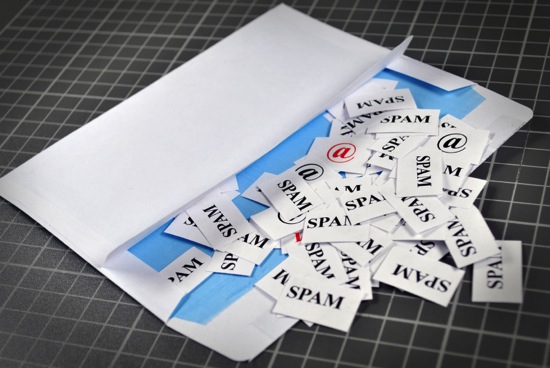
An auto direct message is defined as an automated message you receive immediately after you follow someone on Twitter, that can also happen on Facebook. Auto direct messages usually are filled with useless information, they are impersonal and they show you are not actually interested in who followed you.
This is a plague in the event industry. I followed thousands of accounts in the past years and auto DMs are the norm.
Auto DMs are just great at displaying a lazy approach to social media, going against the very nature of social marketing and engagement. Probably comparable to those who distribute business cards as flyers at networking events.
How To Fix It: Try to learn more about who just followed you. Give it a week to read what they are up to and then engage if you have a valid reason to and by means of public mentions. A Retweet speaks a thousand words.
But that takes a load of time, you may say. As Chris Martin would say ‘Nobody said it was easy‘.
10. Common Dashboards for Personal and Professional Accounts

Some of the worst disasters originated form this oversight.
Here are a couple of examples.
I have had experience with dashboards since 2008 – I still mess up and mix accounts from time to time. This is not a matter of being skilled at social. If you deal with hundreds of updates every day – very often full of anger and insults – it is normal to get it wrong sometimes.
These blunders are very tough to recover from. The drama resulting from these mistakes will also have a strong impact on your team.
How To Fix It: If you have a social media policy in place for your event, you should clearly ask those in your team to categorically not sync their personal accounts with the event social dashboard.
11. Calling Blog Posts, Blogs
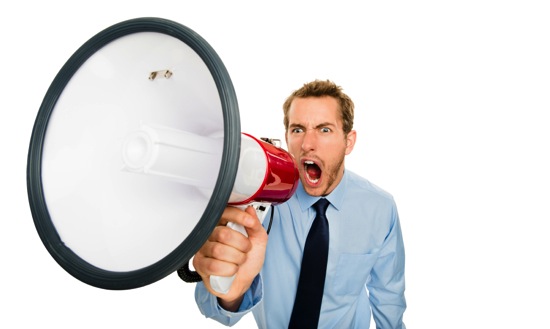
This is my pet peeve. This is the one I hate the most. I struggle with English, it is not my first language and my posts are sometimes filled with grammar horrors. Yet I don’t understand why even expert bloggers do not understand the difference between a blog and a blog post.
For who has been around for a while, this is usually a way to understand who is beginner from who is taking blogging seriously.
How to Fix It: Read this article if you want the harsh truth, this one if you want it a bit more sweetened.
12. Only Addressing Positive Comments
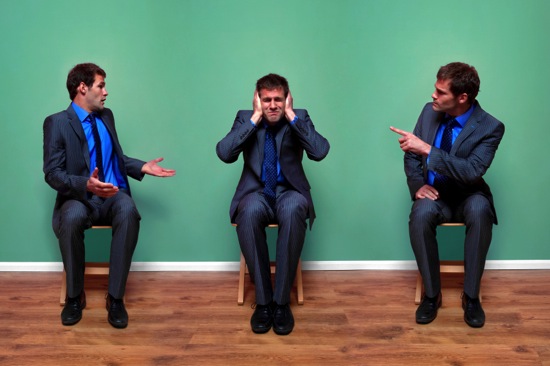
There is another way to call this mistake, denial. There is heaps of research showing how negative comments actually come from those who care the most about your product.
Very subtly some brands engage only with those who speak greatly of them. This is detrimental as it makes negative feelings grow exponentially.
One of the biggest scare for brands embarking on social is ‘What if they will talk bad about us?’. There is no workaround, my friend. You have to fix what is not working with your event, social networks and media will just amplify the visible negative bits.
How To Fix It: Have a social triage in place, put up FAQs with answers to common problems and always reply, fast.
13. Language Mess Up

There is beauty in using services such as Buffer or Hootsuite to stream your updates to all social networks at once. The negative side is that they make you lazy.
Updates with @usernames on LinkedIn or non-existing usernames on Facebook make no sense. Same goes with hashtags which LinkedIn does not recognise and Facebook just lately introduced.
You have to master the language of your chosen social network. This is usually the result of a ‘let’s be everywhere’ approach that little has to do with social engagement.
How To Fix It: Carefully pick the social networks you engage in. Learn the language they use. Make sure to use dashboards only if the language is the same.
14. Not Keeping Speakers on The Team

If you run conferences, speakers are probably one of the largest time and budget investment you’ll account for. Speakers are also the biggest opportunity you have to shine on social media. Yet I see events with awesome speakers who are silent about their participation.
This can’t be right. You should get the bang for the buck and they should be more active.
How to Fix It: Make sure the speakers are aware of the key dates, suggest Tweets to send, clearly communicate the hashtag and the handles for the event across multiple social networks.
15. Forcing Speakers to Be Social

The other side of the coin is when events force speakers to tweet or blog. I had to sign agreements where I was committing to send at least 4 tweets about the event. The organiser clearly missed an opportunity here. If they’d researched a bit, they would have noticed that I tweet way more than 4 times about events I am speaking at.
Moreover they could have engaged with me on a more personal level, made me feel instrumental for the success of the event and as a result I would have tweeted dozens of times.
How to Fix It: Read This.
16. Viral Videos or Memes
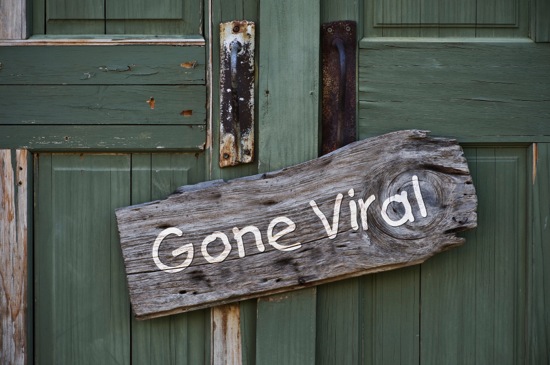
I’ve seen great disasters coming out from trying to join memes. There is nothing bad in doing the Harlem Shake, that is if you are actually funny and you can deliver it within few days of the meme becoming a hit.
Another problem I have with the ‘let’s make a viral video’ attitude revolves around how is that video going to add value to attendees. Is it going to be professional enough to communicate that we are humans and we have fun? Or does it simply make you look silly?
There is a thin line here between being funny and irrelevant. Handle with care.
How to Fix It: Embark in these projects only if you are able to ship them during the actual buzz. Make sure the videos are professionally made and funny. Get second and third opinions before publishing them.
17. Opt-Out That Does not Work
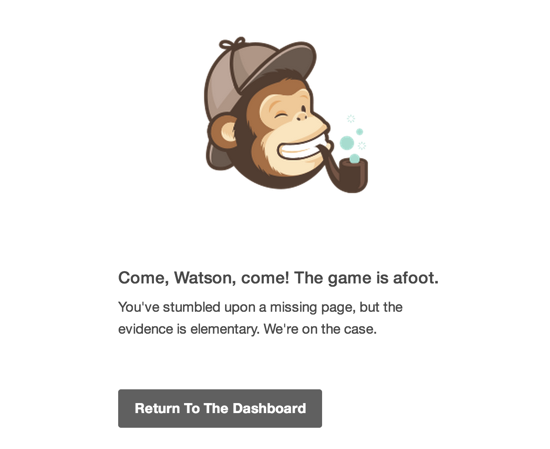
Email is now part of most social media campaigns. Opting in for emails is one of the results we measure for social media campaigns, specially in b2b environments.
Yet while it is super easy to opt-in it is often impossible to opt-out. My personal horror story is a subscription that is chasing me since 2005. It gives me shivers. You have to deal with the fact that interests change and marketing can be annoying. Opt-out should be one click away.
How To Fix It: Choose reliable email software that makes opt-out easy. Check it yourself. Tell your audience how sad you are to see them go and that you are happy to welcome them back at any time.
18. Irrelevant Competitions
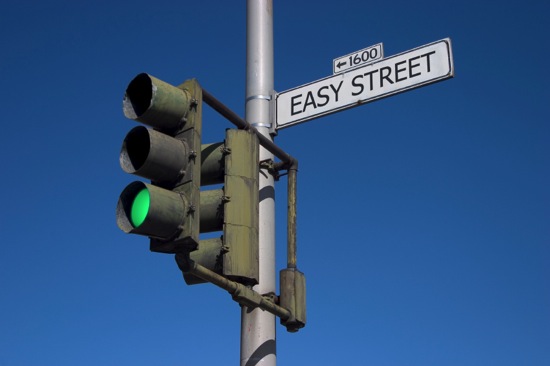
Competitions are a great way to engage on social. But you need to be careful. You should run away from the ‘let’s do a competition’ approach, if there is no clear plan in place.
I remember the ‘send us a picture’ era, when virtually every brand wanted you to send them a picture while doing the most absurd things. It’s ok as long as your audience uses pics as means of communication and if the competition rewards them in a meaningful way.
It is not okay if nobody cares about sending pictures to you. It’s very bad when nobody answers to the call.
How to Fix It: Choose the means of your competition accurately, try to communicate something about your event in the process and choose rewards wisely. Do not devalue your brand.
19. Static Websites
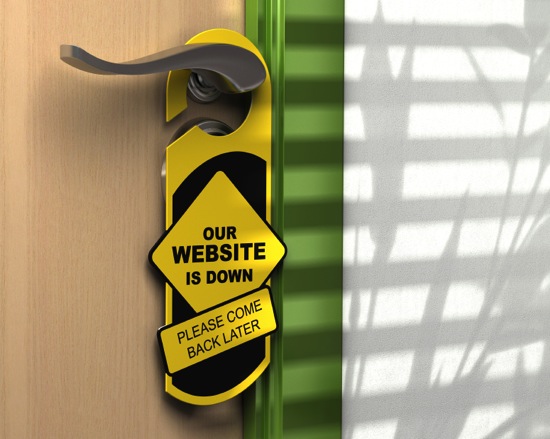
Websites are not social networks or social media. They are the core of your social media activities. They are the centre of information and revenue opportunities. They are the beginning and end of your social media strategy.
Your website should by no means be static. It should engage the audience and connect the user with all your social media handles. It should also relive vital content such as the event schedule in a dynamic way.
How to Fix It: Read this.
20. Lost Accounts
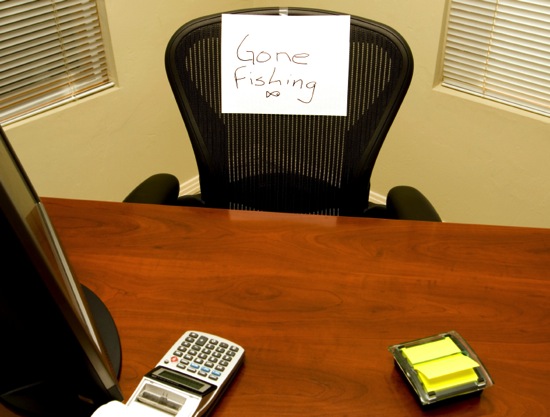
One of the simplest mistakes to make with events is abandoning the accounts for the year and resume them a couple of months before the event. No question our attendees demand year long engagement. Large events are becoming content hubs and the live event is just the apex of the year long content engagement.
Don’t act like that friend that shows up only when they need money.
How to Fix It: Create a year long content strategy, identify content hubs that your audience may link and curate it for your audience.
In Conclusion
When it gets to social media, nobody is perfect. I’ve made a few of the above mistakes myself.
Learning from our and others’ experience helps us to get better.
Please use the comment section to share your mistakes and how you fixed them. It will be invaluable for all of us reading.



